|
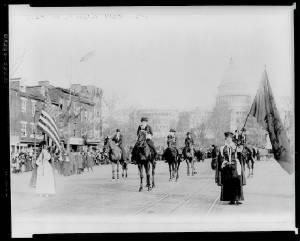
|
| Suffrage Parade, March 3, 1913 |
I. Slideshow Exam
As a final assessment for the Progressivism Presentations, I
take 10 slides from student presentations, and make a short PowerPoint (you could easily take 10 images and put them on overheads). I let the students keep their list of Progressive laws that we covered as part of
the project. Then I have them follow the directions above.
To see the lesson that we talked about during the seminar, click
the link below:
Progressivism PowerPoint Project. I have included the actual research sheets. Sometimes I don't like to spend time in the library (too much time
wasted). At times like these, I provide the required research.
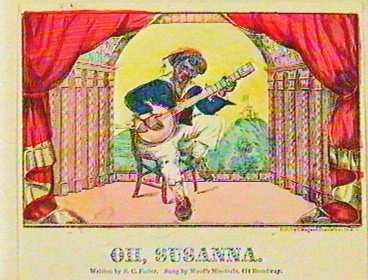
II. Music / Audio Clip Exam
The rationale is the same as
the slideshow exam, but it still is different. Again, use this in lieu of either
the multiple choice or the essay section.
1.
Play a song or an audio clip (typically, you wouldn’t use this test until the 20th century,
when recorded music flourishes – but you could find recordings of earlier music; especially from the Civil War and beyond)
2.
Have students try to identify a specific part of the unit of study that the music might represent.
3. It might be useful to have lyrics – really it depends on the song and how familiar it might be. Again, like the slideshow, mix in familiar music.
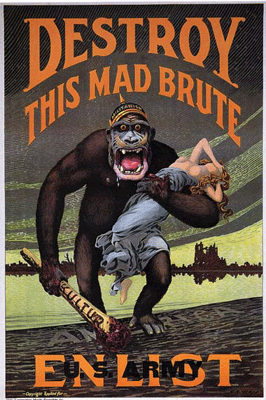
|
| (WWI Propaganda - "Destroy This Mad Brute") |
Rationale: When
propaganda is a large part of a unit – The American Civil War, World War One or World War Two, it is easy to incorporate
propaganda images, music or film into the exam. Simply show images, and ask students to interpret:
- The direct purpose of the propaganda
- The propaganda technique being used (refer to pages 168-169
for the eight propaganda techniques)
- The effects of the propaganda

|
| (click the image above to see a copyable version of the image) |
Again, simply find
a film clip and see if the students can figure out how it relates to the unit of study.
Example: Show "Bert
the Turtle: Duck and Cover" propaganda film found at the Prelinger Archives. Ask students to analyze the film:
- What was the purpose of the
film
- What propaganda techniques were
being used in making the film (you may want to refer to the EIGHT techniques listed on pages 168-169.
- Do you think this was an effective
film?
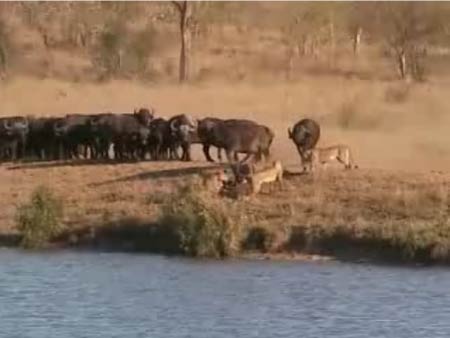
|
| Battle At Kruger, from YouTube |
Don't forget, another excellent video for alternative assessment is the Battle At Kruger video.
In the seminar we discussed using this as a way to have students discuss Social Darwinism. But really, I was impressed
when my student told me that he thought it was a better example of the power of unions. You can watch the video on You
Tube by following this link:
And again, you can PERMANENTLY have this video by using the vixy.net converter.
Relative significance offers an excellent opportunity for alternative
assessment. It requires that students use a wide array of information given during
presentations. By testing on information given during presentations, you are
justifying your use of the project. Oftentimes, students complain that the work was meaningless, or “busy work”. If you write your assessments to test what you taught, or what the students did in
the form of projects and presentations, you lend legitimacy to what they did.
Example: Civil Rights Movement: Were National
leaders more significant than "grass roots" leaders?
Click on the image to go to a website detailing Rosa Parks'
Congressional Medal of Honor. This site contains great images of both Rosa Parks and E.D. Nixon.
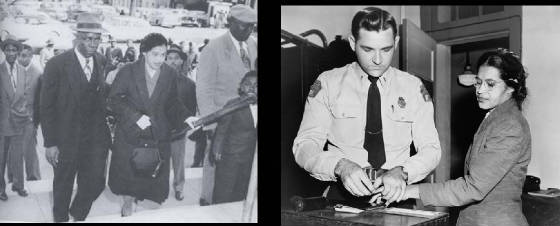
|
| What or who was the most significant part of the Montgomery Bus Boycott? |
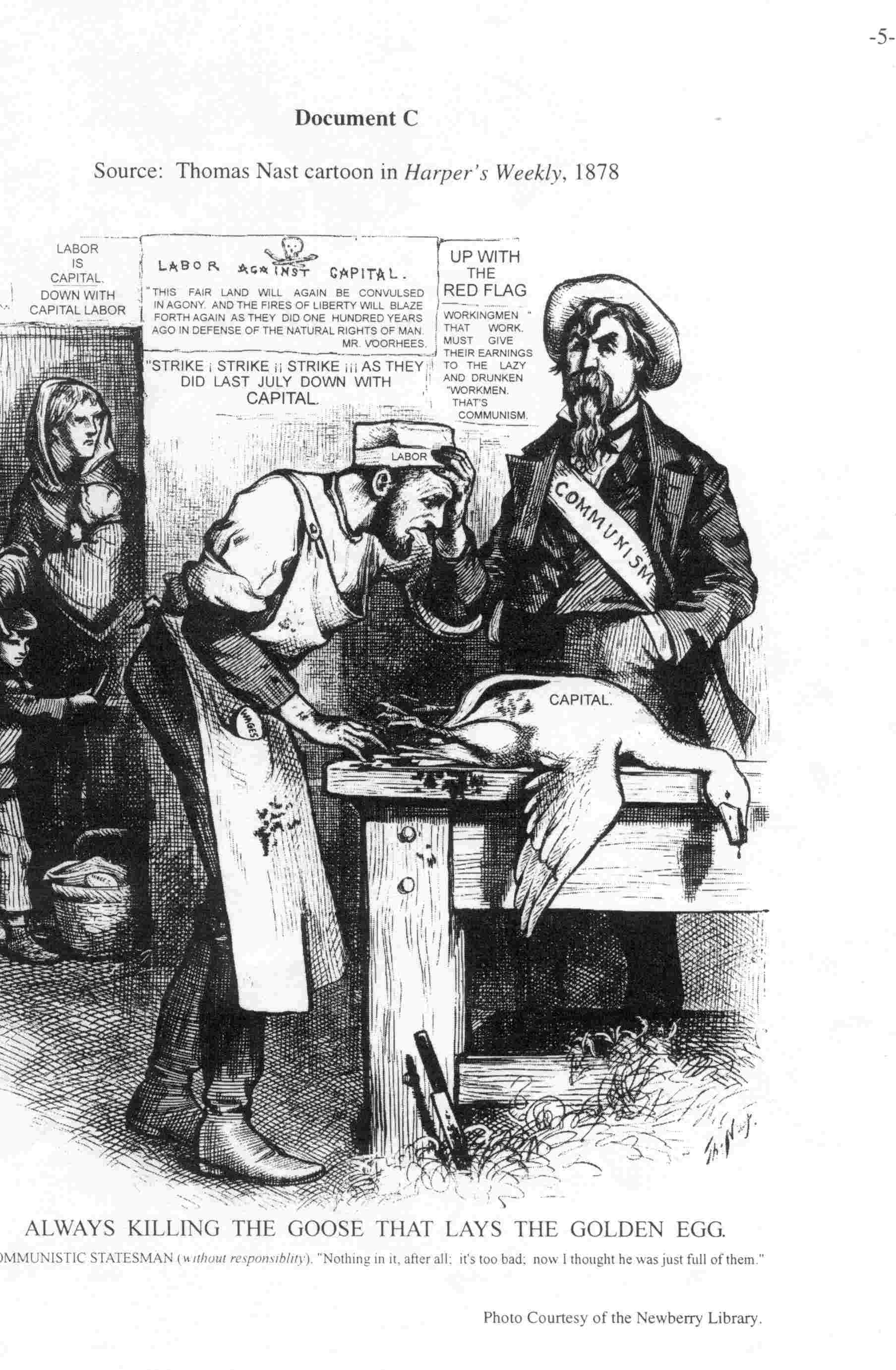
Sources:
Through the process, students develop “need to know”
content and skills of a discipline in order to devise and present their solution to the problem. This increases motivation,
improves retention of knowledge, and builds skills that can be transferred to other areas of school, work and life.
Example: How to preserve Angel Island - the immigration
station of the West Coast?
Click on the image below to go to the Angel Island Immigration
Station Home Page.

Other Online Sources:
|

